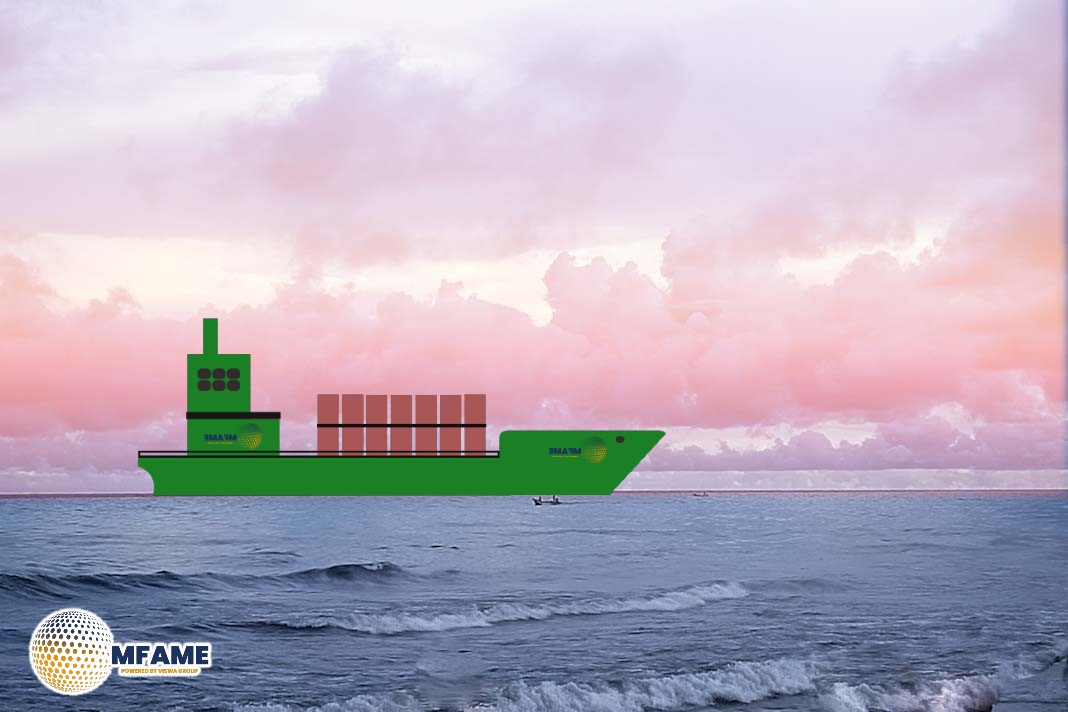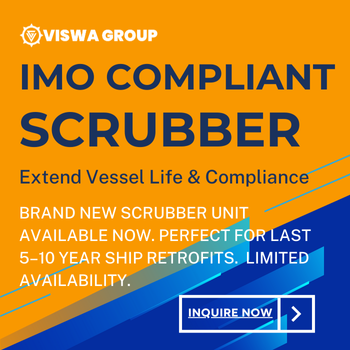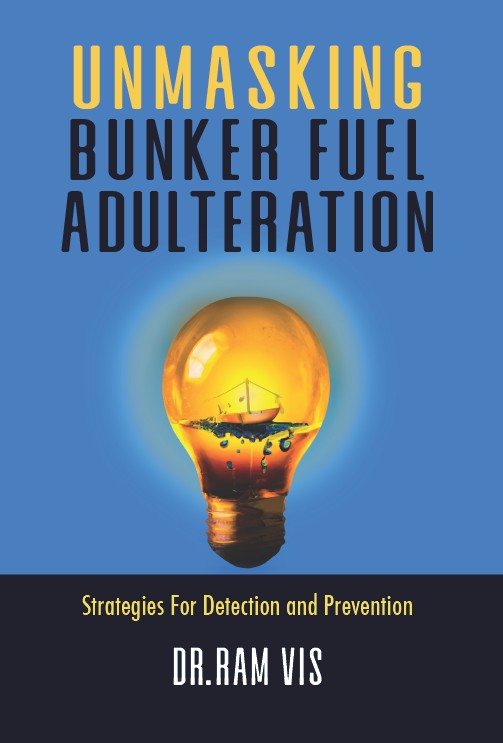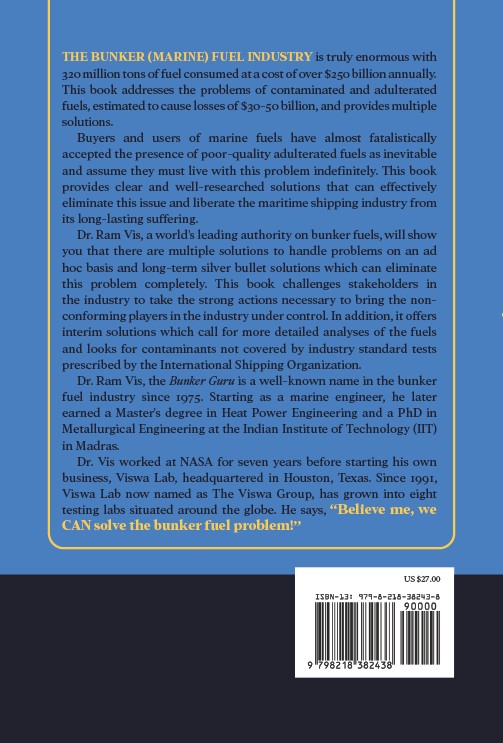- Maritime digitalization is advancing with AI-driven systems and autonomous ship trials.
- Smart technologies like AI-based voyage optimization and auto-docking are improving efficiency.
- Though not fully autonomous yet, MASS projects and AI monitoring systems are shaping the future of shipping.
The maritime industry is rapidly evolving with advancements in artificial intelligence (AI) and automation. From autonomous ships (MASS) to AI-powered monitoring systems, these technologies are revolutionizing efficiency, safety, and decision-making at sea. While full autonomy remains a work in progress, various trials and innovations are paving the way for smarter, safer shipping operations, reports Britannia Pandi.
Maritime Autonomous Surface Ships (MASS) in Action
Several projects are testing autonomous capabilities, though full automation (Degree 4) is still limited to Uncrewed Surface Vessels (USVs). Examples include:
YARA BIRKELAND – A fully battery-powered 120 TEU container ship operating in Norway, with plans for full automation after final approval.
RIVERDRONE – A fleet of ten general cargo ships running on Degree 3 automation, controlled remotely from an On Shore Control Center (SCC) while crew remains onboard in an advisory role.
ZHI FEI – A 300 TEU hybrid electric container feeder designed to operate at automation Degrees 2, 3, and 4, currently active in China.
POS SINGAPORE – Part of the Korea Autonomous Surface Ship (KASS) project, aiming for Degree 3 autonomous operations with more vessels on order.
AI-Powered Technologies Enhancing Efficiency
AI-driven systems optimize voyages, monitor engine performance, and assist with decision-making. Notable developments include:
“Pythia” by DeepSea Technologies – An AI-powered voyage optimization tool now in use across Ardmore Shipping’s fleet.
AI-powered Optical Character Recognition (OCR) – Automates laytime statement preparation for dry bulk carriers, reading diverse cargo documents efficiently.
Bearing AI’s “Fleet Deployment Optimizer” – Designed for Hapag-Lloyd to analyse ship schedules and improve deployment efficiency.
Advancements in Navigation and Situational Awareness
AI is also enhancing situational awareness through advanced optical and sensor-based technologies, including:
Orca AI’s SeaPod – Integrates data from nine bridge sensors with HD and thermal cameras to identify high-risk targets for better decision-making.
SEA.AI by Fred. Olsen Express – Uses stabilised cameras with night vision to provide a 360° watch around the ship, improving collision avoidance.
HiNAS 2.0 by AVIKUS – An AI-augmented reality system combining infrared and electro-optical cameras for voyage optimization, route planning, and autonomous navigation.
AI-Driven Solutions for Engine Room Management
Autonomous engine room monitoring is becoming a reality with AI-powered diagnostic systems:
HiCBM by HD Hyundai – Uses AI to detect potential failures in main engines, auxiliaries, compressors, and pumps in real time.
HiCAMS by HD Hyundai – AI-integrated CCTV monitoring to enhance safety control in the engine room.
Did you subscribe to our daily Newsletter?
It’s Free Click here to Subscribe!
Source: Britannia Pandi
















